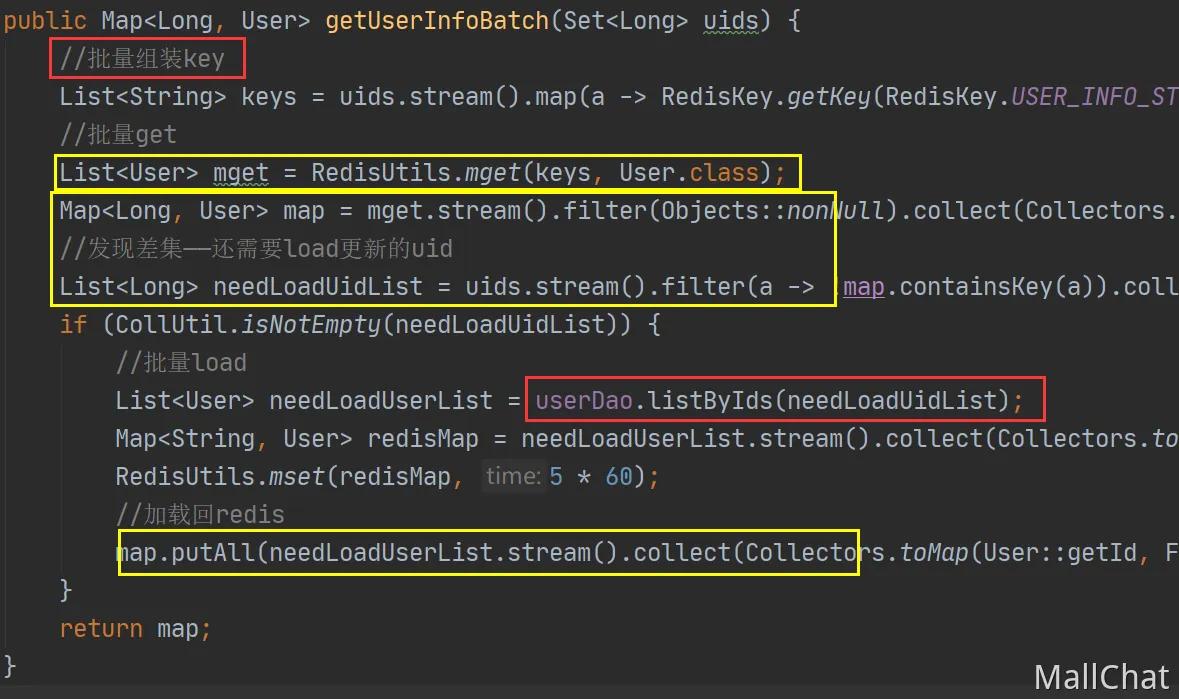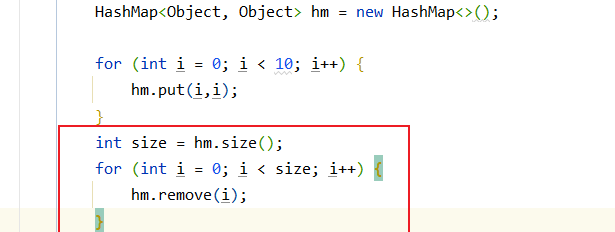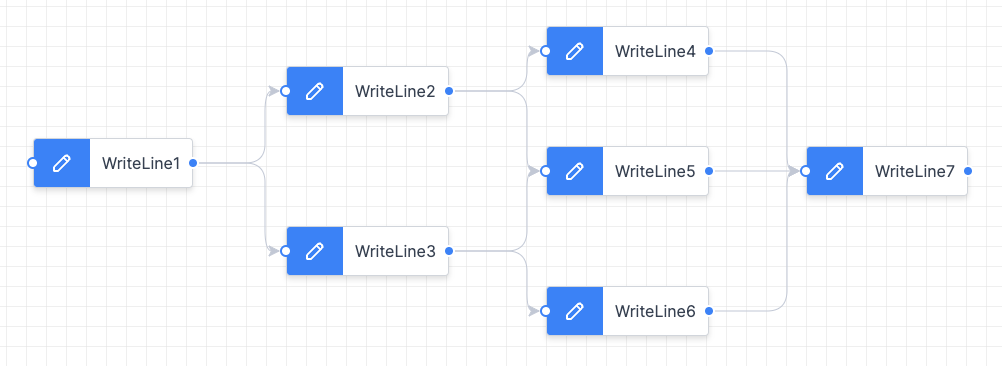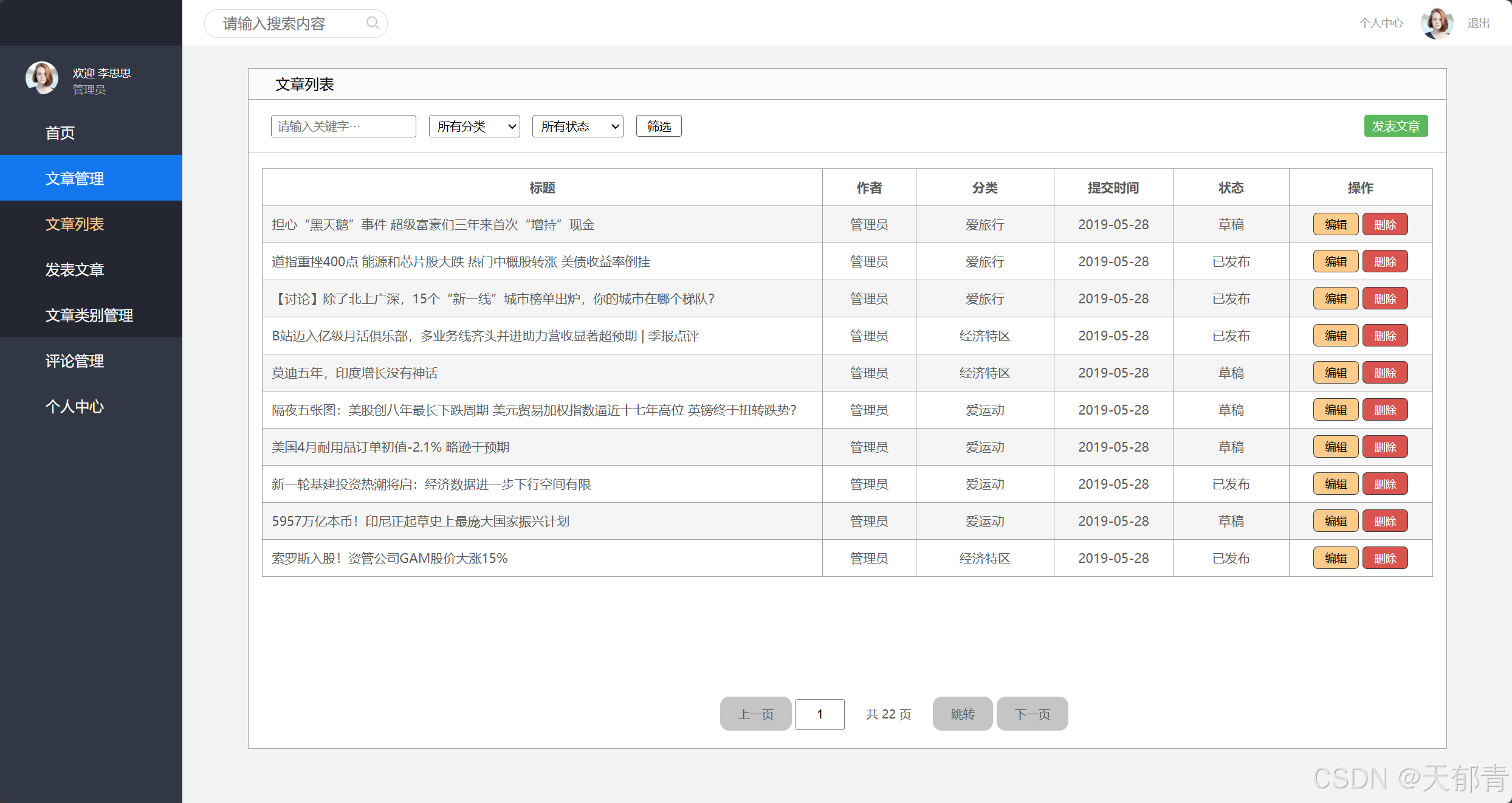上周刚开C#,这门课,第一节课就感觉不对劲了,感觉跟java很像(上图C#,下图java),进来页面都差不多:


这里介绍以下我C#的第一个程序,以类的思想定义一个student类,用户输入类中的属性信息后,控制台打印出这些信息
首先先定义一个类
class Student
{
public string name;
public int age;
public int id;
public string man;
}这个类跟python、java中的类一样,类中可以有属性、有方法(我这里只有属性),也相当于C语言的结构体。使用本类时需先创建实例化对象,因为这个定义的类毕竟是抽象的,不可能直接给这个类属性赋值,否则此类就只能使用一次。
实例化对象就是将Student类的属性和方法复制给student_1,使得stutent_1能使用类中属性和方法但并不影响Student类
Student student_1 = new Student();获取到实例化对象后就可以通过点对象中的属性来进行赋值
student_1.name = System.Console.ReadLine();此时student_1的类属性就变为用户输入字符串
如果类中属性要赋值整数,则需先将用户输入转换成整数,因为用户输入默认为字符串
可用如下函数:
student_1.age = int.Parse(System.Console.ReadLine());int.Parse()就是强制转换
然后C#中的输入输出函数:
//按行
System.Console.ReadLine();
System.Console.WriteLine();打印的模板字符串其写法类似于python中的f"{}":
System.Console.WriteLine($"您的姓名是:{student_1.name},您的年龄为{student_1.age},您的学号为{student_1.id},您的性别为{student_1.man}\n");所有操作整合到一起:
using System;
using System.Collections.Generic;
using System.Linq;
using System.Text;
using System.Threading.Tasks;
namespace text_1_2
{
class Student
{
public string name;
public int age;
public int id;
public string man;
}
internal class Program
{
static void Main(string[] args)
{
//int.Parse() 强制转换
Student student_1 = new Student();
System.Console.WriteLine("请输入您的个人信息:\n");
System.Console.WriteLine("你叫什么名字:\n");
student_1.name = System.Console.ReadLine();
System.Console.WriteLine("你几岁了:\n");
student_1.age = int.Parse(System.Console.ReadLine());
System.Console.WriteLine("你的学号是什么:\n");
student_1.id = int.Parse(System.Console.ReadLine());
System.Console.WriteLine("你的性别:\n");
student_1.man = System.Console.ReadLine();
System.Console.WriteLine($"您的姓名是:{student_1.name},您的年龄为{student_1.age},您的学号为{student_1.id},您的性别为{student_1.man}\n");
}
}
}
您的点赞+关注是我更新下去的动力。。。。。。。。。。。。。。。。。。。。。。。。。。。。。。。。。。。。。。。。。。
。。。。。。。。。。。。。。。。。。。。。。。。。。。。。。。。。。。。。。。。。。。。。。。。。。。。。。。。。。。。。。。。。。。。。。。。。。。。。。。。。。。。。。。。。。。。。。。。。。。。。。。。。。。。。。。。。。。。。。。。。。。。。。。。。。。。。。。。。。。。。。。。。。。。。。。。。。。。。。。。。。。。。。。。。。。。。。。。。。。。。。。。。。。。。。。。。。。。。。。。。。。。。。。。。。。。。。。。。。。。。。。。。。。。。。。。。。。。。。。。。。。。。。。。。。。。。。。。。。。。。。。。。。。。。。。。。。。。。。。。。。。。。。。。。。。。。。。。。。。。。。。。。。。。。。。。。。。。。。。。。。。。。。。。。。。。。。。。。。。。。。。。。。。。。。。。。。。。。。。。。。。。。。。。。。。。。。。。。。。。。。。。。。。。。。。。。。。。。。。。。。。。。。。。。。。。。。。。。。。。。。。。。。。。。。。。。。。。。。。。。。。。。。。。。。。。。。。。。。。。。。。。。。。。。。。。



















